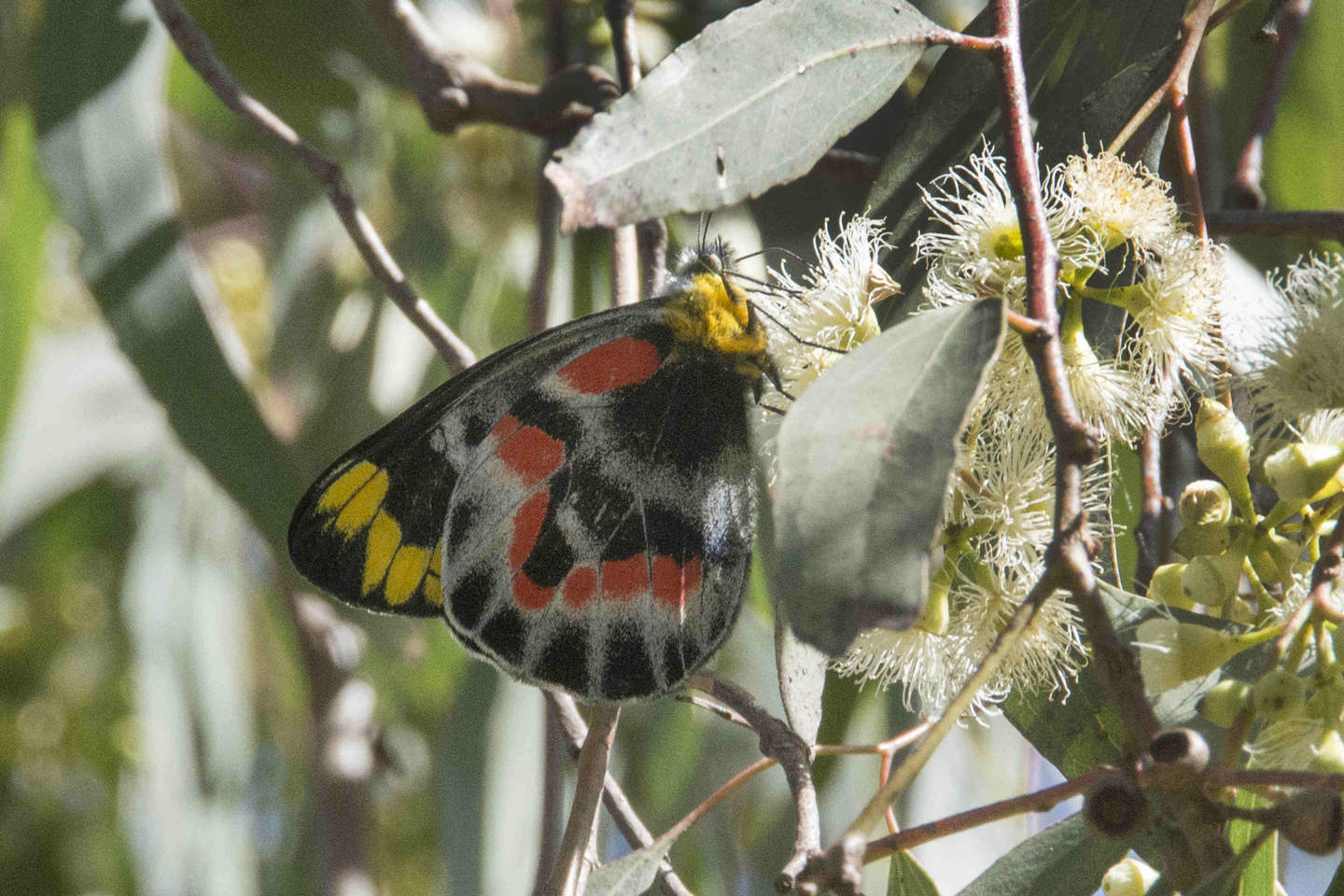
A drier season might have reduced the need to spray weeds in south west Queensland, but it hasn’t stopped Roma farm overseer Kayne Maskill from putting in place changes that should reduce the risk of spray drift in the future.
Mr Maskill from Echo Hills Farming Company was one of more than 95 growers, who took time out to learn about best practice spray application at workshops organised by ConnectAg and supported by the Grains Research and Development Corporation (GRDC).
Developed in response to locally identified needs, the Spray Drift Awareness workshops were designed to give participants practical tools and guidelines to make changes at farm level to reduce the risk of spray drift.
Mr Maskill and his wife Sonya work with mixed farming operators Peter and Nikki Thompson and said the workshop had already prompted him to make changes at Echo Hills.
“This workshop allowed me to look at our spraying practices with fresh eyes and make some changes, which we are ready to put into practice in the paddock as the season improves,” Mr Maskill said.
His actions were mirrored by the majority of participants in the half-day workshops, which were held at Wallumbilla, Muckadilla, Thallon and Surat.
A survey, conducted six months after the workshops, found an impressive 70 per cent of participants surveyed had already implemented changes to their spray practices or were now confident their current procedures were best practice.
The survey found a total of 45 per cent of respondents had already implemented changes to their spray practices in the six months following the workshops. They were motivated to make changes as a result of what they learnt at the workshops, coupled with the regulatory changes to 2,4-D usage that came into effect last October.
Another 25 per cent of respondents said the workshops reinforced that their spray application operations and procedures were already best practice.
A total of 30 per cent of respondents reported that they had intended to make practice changes post the workshop,but implementing these changes had been hindered by ongoing drought conditions over summer.
Organiser Rhonda Toms-Morgan from ConnectAg in Roma said survey feedback indicated that the information delivered had been straightforward, offered a complete guide to effective crop spraying and prompted practice change or confirmed growers were already implementing industry best practice.
Presented by spray specialist Mary O’Brien, the Spray Drift Awareness workshops covered topics such as record keeping, weather conditions including inversions, nozzle selection, spray quality, coverage and efficacy, water quality, sprayer speed and adjuvants.
“Workshop participants were primarily property owners responsible for more than 650,000 hectares of farming country in this region,” Mrs Toms-Morgan said.
“Interestingly more than half reported this as the first spray drift awareness workshop they had attended. A total of 85 per cent were aged between 19 and 50, which also suggests we are reaching the next generation, or a new generation of growers.”
Mrs Toms-Morgan said the participants who made practice changes primarily reported investing in new nozzles as their major mechanical change.
This was followed by behavioural changes in: scheduling spraying to avoid night-time applications; improved weather monitoring to detect inversions and determine appropriate spray conditions; and better record keeping.
“Tough seasonal conditions have hampered people’s efforts to put some of these things into practice,” Mrs Toms-Morgan said.
“However, participant feedback indicates the information was relevant and helped people better understand the implications of the regulatory change which has followed the workshop, for 2,4-D specifically.
“They are now well positioned to decide how to equip their operations to adhere to label changes for chemical applications into the future.”
Mrs Toms-Morgan said when asked about the most important learnings from the workshop, the majority of attendees valued information about inversion risks at night and the impact of weather conditions on drift management.
“These workshops were developed in response to a grower-identified gap in knowledge between understanding and in-paddock practical spraying,” she said.
“What growers wanted were practical guidelines for best practice so they could ensure chemicals were landing on target and they were reducing the risk of drift right across the region.
“Their survey responses indicate they received the information they needed and are now better positioned to make more informed decisions on-farm.”
GRDC Crop Protection Officer – North, Vicki Green, said the workshops were an example of organisations, such as the GRDC, being responsive to grower demand for practical information delivered at a regional level.
“The GRDC understands growers want to get product on target, because it means they are getting the best bang for their buck in terms of chemical use and application,” Mrs Green said.
“To support growers, the GRDC are committed to playing a part in improving awareness, understanding and guiding the implementation of best practice through workshops like these.”
Ms O’Brien’s farm spray drift management presentation at the workshop was complemented by a herbicide resistance session with well-known agronomist Paul McIntosh from the Australian Herbicide Resistance Initiative (AHRI), a GRDC investment.
Other presenters included Mick Russell from Workplace Health and Safety Queensland, who explained the current legal guidelines for safe workplaces, and GRDC Biosecurity Manager Ken Young who, along with Mrs Green, discussed chemical regulations and ongoing research into spray management.
For the latest spray best practice information from the GRDC:







